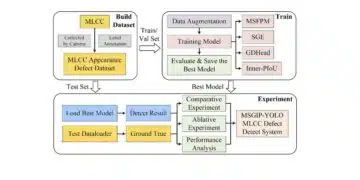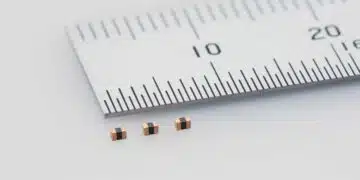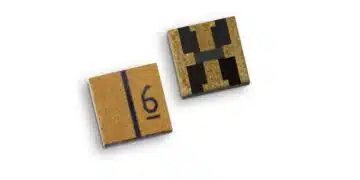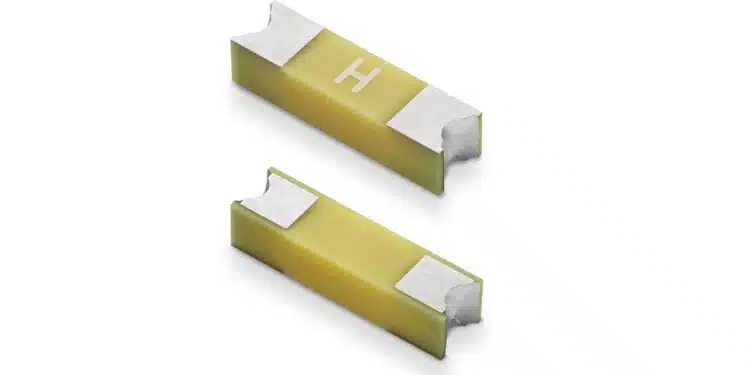Littelfuse, Inc., a diversified, industrial technology manufacturing company empowering a sustainable, connected, and safer world, announced the release of its new 823A Series Fuse, an AEC-Q200-qualified, high-voltage-rated surface-mount (SMD) fuse with high interrupting ratings.
Designed to meet the stringent requirements of modern automotive applications, the 823A Series offers a compact 5 x 20 mm footprint while delivering exceptional overcurrent protection for 1000 Vdc systems.
“The 823A Series is the first and only small-size SMD fuse from Littelfuse rated for 1000 Vdc,” said Daniel Wang, Senior Director, Littelfuse EBU Global Product Management – OC Business. “This groundbreaking product delivers reliable performance in harsh automotive environments, providing engineers with a compact, robust solution for the next generation of high-voltage applications.”
Key Differentiators and Features
The Littelfuse 823A Series stands out for its innovative wire-in-air design, resulting in superior temperature stability, high interrupting ratings (100 A @ 1 kV DC), and a high I²t value in a small form factor.
Key features include:
- AEC-Q200 Qualification: Ensures reliability and performance for demanding automotive environments.
- 1000 Vdc Rating: Suitable for high-voltage applications, such as Battery Disconnect Unit (BDU)) and Battery Management System (BMS)
- Compact 5 x 20 mm SMD Footprint: Saves printed circuit board (PCB) space, ideal for compact designs.
- Wide Operating Temperature Range: Performs consistently in extreme temperatures from -40 ºC to 125 ºC.
Benefits for Design Engineers
- Enhanced System Protection: Prevents nuisance opening caused by high inrush and surge currents.
- Optimized PCB Layout: Space-saving design facilitates integration into compact automotive electronics.
- High Voltage Resilience: Reliable protection against overcurrent events in high-voltage environments.
- Application Versatility: Tailored for primary circuit protection in automotive electronics.
Markets and Applications
The 823A Series is particularly suited for automotive and industrial applications, including:
- Battery Management Systems (BMS)
- Battery Disconnect Units (BDU)
- High-voltage DC-DC converters
- Automotive fuel cell cooling systems
These features make the 823A Series indispensable for engineers designing electric vehicles (EVs) and other advanced automotive systems.
Supporting Advanced Automotive Innovation
As automotive electronics continue to evolve, reliable overcurrent protection solutions are critical for ensuring safety and performance. The 823A Series enables engineers to meet these requirements while reducing design complexity and optimizing space utilization.
































